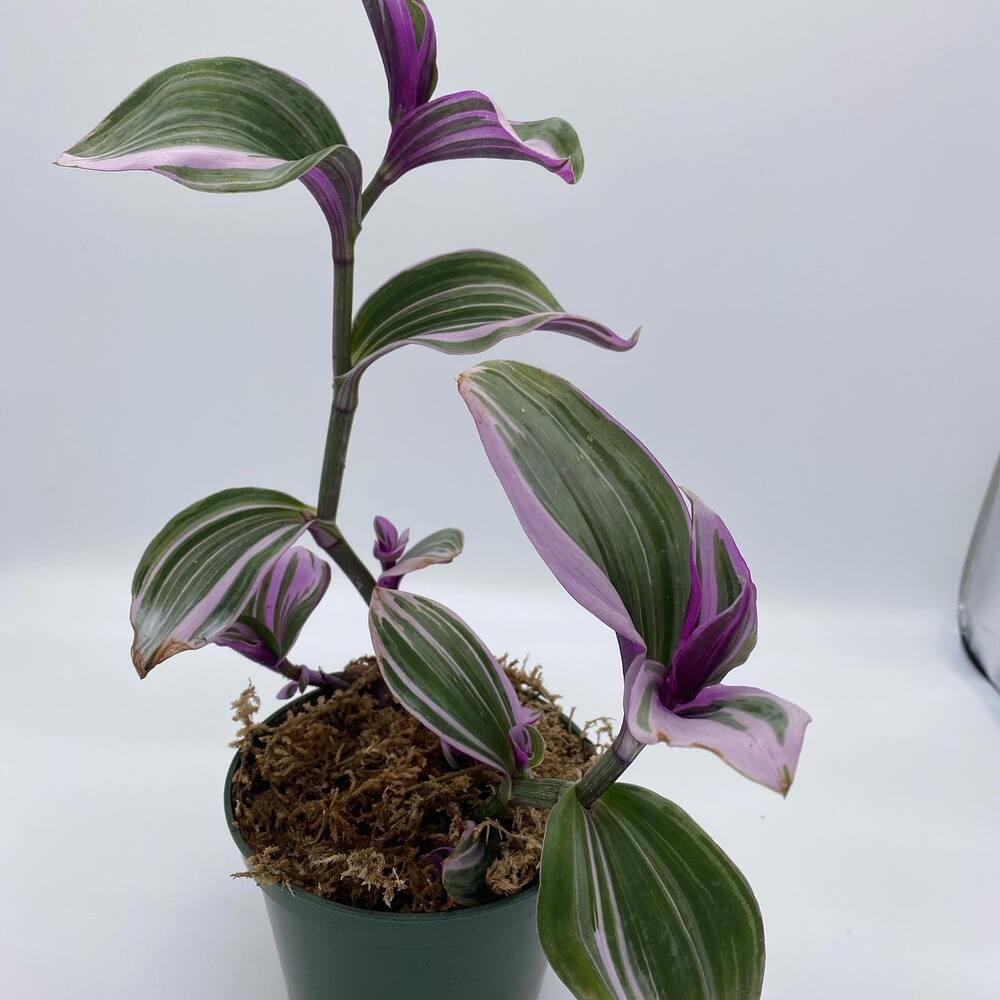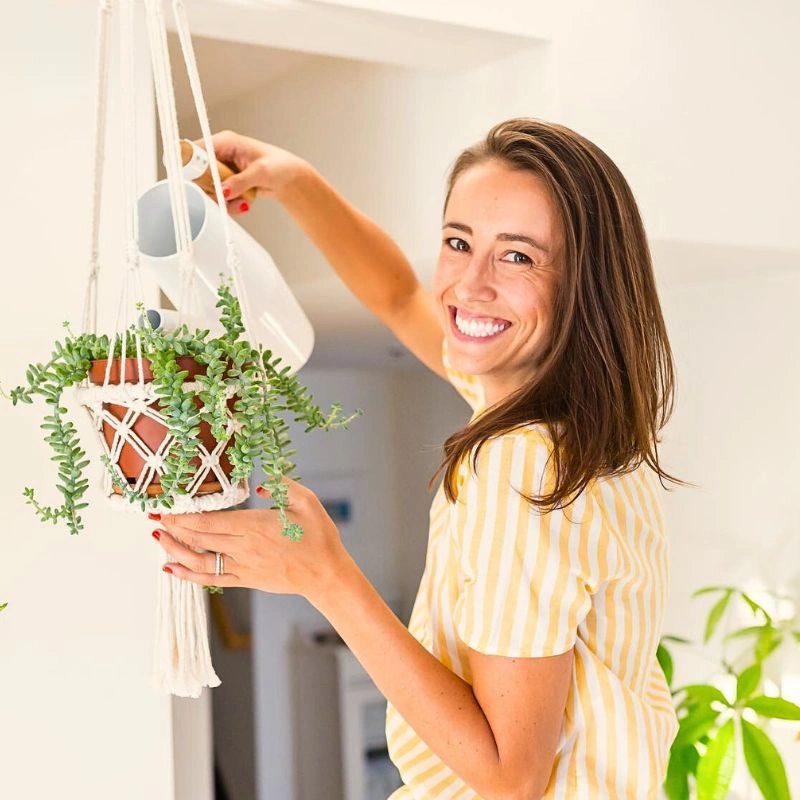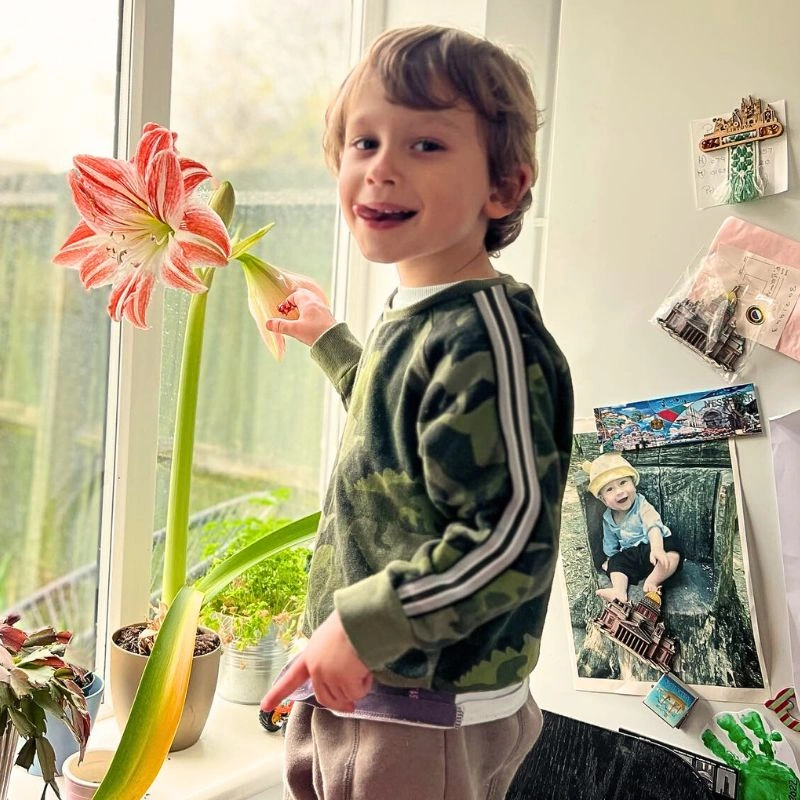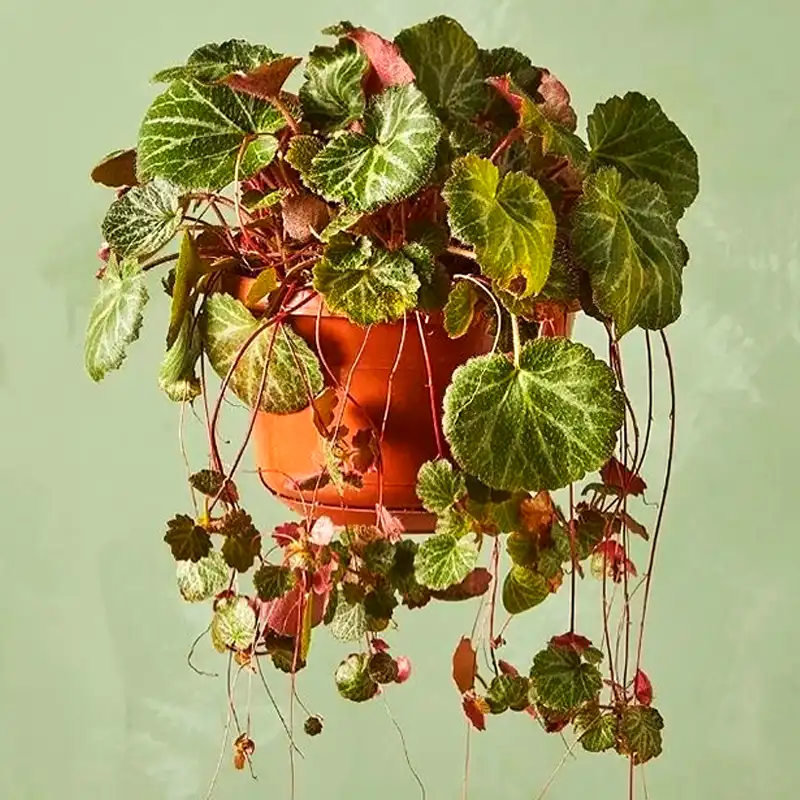Wandering Jew plant is a colorful, yet easy to grow houseplant that still remains popular among both new and experienced indoor gardeners. With its trailing vines, eye catching leaves and fast growth rate, this plant is not just a simply beautiful addition to your indoor garden, but also surprisingly low maintenance. If you want to brighten up your shelf, hang a living curtain of greenery, or you simply want a therapeutic hobby, the Wandering Jew plant is a sure bet.
Continue reading this article to find out the plant’s origins and its varieties, how to provide it the best care possible, and special tips on how you can propagate it. Let's dive in!
What Is the Wandering Jew Plant?
The Wandering Jew plant is a common name for several species within the Tradescantia genus, the most popular being:

- Tradescantia zebrina: Though they’re known for their purple, green and silver striped leaves.
- Tradescantia fluminensis: This one has bright green leaves and tiny white flowers.
- Tradescantia pallida: Characterized by dark purple leaves and bright pink flowers.
They're originally from tropical regions of Central and South America and they're loved by indoor gardeners for fast growth, vibrant color, and ease of care.
A Quick Name Note
You’ve probably heard it called the “Wandering Jew,” but that name has fallen out of favor for good reason; it carries some troubling cultural baggage. These days, many plant lovers and garden centers are switching to friendlier names like Tradescantia, Inch Plant, or even Wandering Dude. Whatever you choose to call it, one thing’s for sure this plant’s charm is undeniable.Why the Wandering Jew as Your Plant?
Here are a few reasons this plant is special and why you’ll love it:
- Fast Growing: Watch it take off! With a little care, this plant fills out beautifully in just a few weeks.
- Colorful Foliage: Add a bold splash of color to any space; its vibrant leaves make it a real eye catcher.
- Low Maintenance: Perfect for beginners or busy plant parents. It’s easygoing and doesn’t demand much attention.
- Easy to Propagate: Want more plants? Just snip and root is great for sharing with friends or expanding your own indoor jungle.
- Versatile: Looks great trailing from hanging baskets, in pots on shelves, or even as a ground cover in warmer climates.

Ideal Growing Conditions
To help your Wandering Jew thrive, here’s what it needs:
Light
- Loves bright, indirect light.
- Can handle a bit of morning sun.
- Avoid too little light leaves that may lose their color and become leggy.
Water
- Keep the soil lightly moist, but not soggy.
- Water when the top inch of soil feels dry.
- Be careful not to let it sit in water, as that can lead to root rot.
Temperature & Humidity
- Happy in temps between 60–75°F (15–24°C).
- Prefers moderate to high humidity.
- If your air is dry, place it near a humidity tray or mist it regularly.
Soil
- Use a well draining potting mix.
- Add a bit of perlite or coarse sand to boost drainage.

Propagating
Propagation is super simple, one of the reasons this plant is such a favorite.
- Snip a healthy stem just below a node (that’s where the leaves meet the stem).
- Remove the lower leaves, leaving a few at the top.
- Cut or pick out yellow or dead leaves to keep the plant healthy.
- Place the cutting in water or directly into moist soil.
In a week or two, you’ll see roots forming. Once they’re a couple of inches long, you can pot it up if started in water.
How to Propagate Your Wandering Jew
Water Propagation
- Start by picking a healthy stem and snipping it just below a leaf node.
- Gently remove the lower leaves so they don’t sit in the water.
- Place the cutting in a glass of clean water.
- Swap out the water every few days to keep things fresh.
- In about 1–2 weeks, you should see roots starting to grow.
- Once the roots are around an inch long, you can move the cutting into soil.
Soil Propagation
- Fill a small pot with damp, well draining potting soil.
- Insert the cuttings directly into the soil, deep enough to stay upright.
- Keep the soil lightly moist and place the pot in a spot with bright, indirect light.
- Roots will usually start to develop within a few weeks.

Common Issues (And How to Fix Them)
Let’s now discuss the issues that you can often encounter:
Leggy Growth
- What’s happening: Your plant may be stretching out with fewer leaves.
- Why: Usually a sign it’s not getting enough light, or it needs pruning.
- Fix: Move it to a brighter spot and pinch back long stems to encourage fuller growth.
Brown Leaves
- What’s happening: Leaf tips or edges are turning brown and crispy.
- Why: Could be due to dry air or inconsistent watering.
- Fix: Water regularly and mist the leaves, especially in dry environments.
Pests
- The culprits: Watch out for spider mites, aphids, and mealybugs.
- Fix: Wipe leaves with a damp cloth and mild soapy water, or use an insecticidal soap spray
Root Rot
- What causes it: Overwatering or poor drainage.
- How to fix it: Let the soil dry out and make sure your pot has good drainage. Consider switching to a mix with perlite or sand to help prevent sogginess.
Creative Ways to Display Your Wandering Jew
- Hanging Baskets – Let the vines trail down for a dramatic, lush look.
- Wall Planters – Add a splash of greenery to your vertical spaces.
- Bookshelf Decor – Pop it in a small pot for a burst of color between your books.
- Mixed Containers – Pair it with other plants for a vibrant, textured arrangement.
Seasonal Care Tips
- Spring/Summer: This is when your plant is actively growing. Feed it once a month with a balanced houseplant fertilizer.
- Fall/Winter: Growth slows down. Water less frequently, and hold off on feeding.
A Plant for Everyone
Whether you're just getting started with houseplants or you’ve already turned your living room into a jungle, the Wandering Jew is a solid choice. It's vibrant, low maintenance, and full of personality. Plus, it helps clean the air and adds an instant lift to any room.
Bring one home, and don’t be surprised if it doesn’t just grow on you it grows right into your heart.









